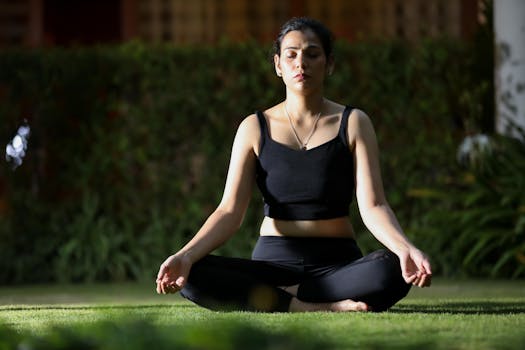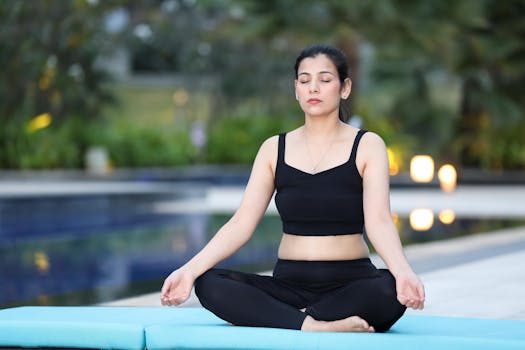
Mindfulness Practices for Stress Relief: A Path to Inner Peace
Mindfulness practices for stress relief have become increasingly popular in recent years, and for good reason. With the demands of modern life, it’s easy to get caught up in stress and anxiety. However, by incorporating mindfulness practices into your daily routine, you can achieve a state of inner peace and calmness that will benefit your overall well-being.
What is Mindfulness?

Mindfulness is the practice of being present in the moment, paying attention to your thoughts, feelings, and sensations without judgment. It’s about cultivating awareness and acceptance of the present moment, rather than getting caught up in worries about the past or future.
Benefits of Mindfulness for Stress Relief

The benefits of mindfulness for stress relief are numerous. By practicing mindfulness, you can:
- Reduce stress and anxiety
- Improve sleep quality
- Boost mood and overall sense of well-being
- Enhance cognitive function and focus
- Improve relationships and communication skills
Mindfulness Practices for Stress Relief

There are many mindfulness practices that can help with stress relief, including:
- Meditation: sitting or walking meditation, focusing on the breath or a mantra
- Yoga: combining physical postures, breathing techniques, and meditation to cultivate awareness and relaxation
- Body scan: lying down or sitting comfortably, bringing awareness to each part of the body, starting from the toes and moving up to the head
- Mindful breathing: focusing on the breath, observing its pattern and sensation, without trying to control it
- Mindful movement: engaging in physical activities like walking, running, or swimming with a mindful attitude, paying attention to the sensations in the body and the surroundings
Getting Started with Mindfulness Practices

Getting started with mindfulness practices is easy. Here are some tips to help you get started:
- Start small: begin with short periods of mindfulness practice, such as 5-10 minutes a day, and gradually increase the duration as you become more comfortable with the practice
- Find a quiet space: identify a quiet and comfortable space where you can practice mindfulness without distractions
- Use guided recordings: listen to guided recordings of mindfulness practices, such as meditation or body scan, to help you get started
- Be patient: remember that mindfulness is a practice that takes time and patience to develop, so be gentle with yourself and don’t get discouraged if your mind wanders
Conclusion

In conclusion, mindfulness practices for stress relief are a powerful tool for achieving a state of inner peace and calmness in your daily life. By incorporating mindfulness practices into your daily routine, you can reduce stress and anxiety, improve sleep quality, boost mood, and enhance cognitive function. Remember to start small, find a quiet space, use guided recordings, and be patient with yourself as you develop your mindfulness practice.



